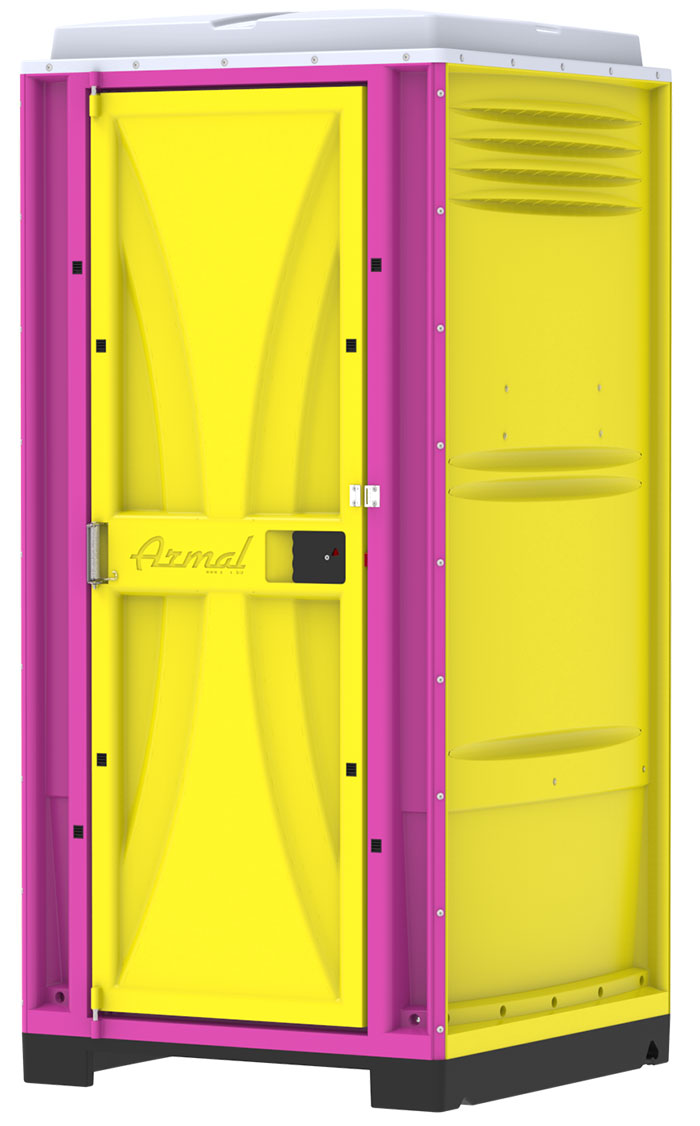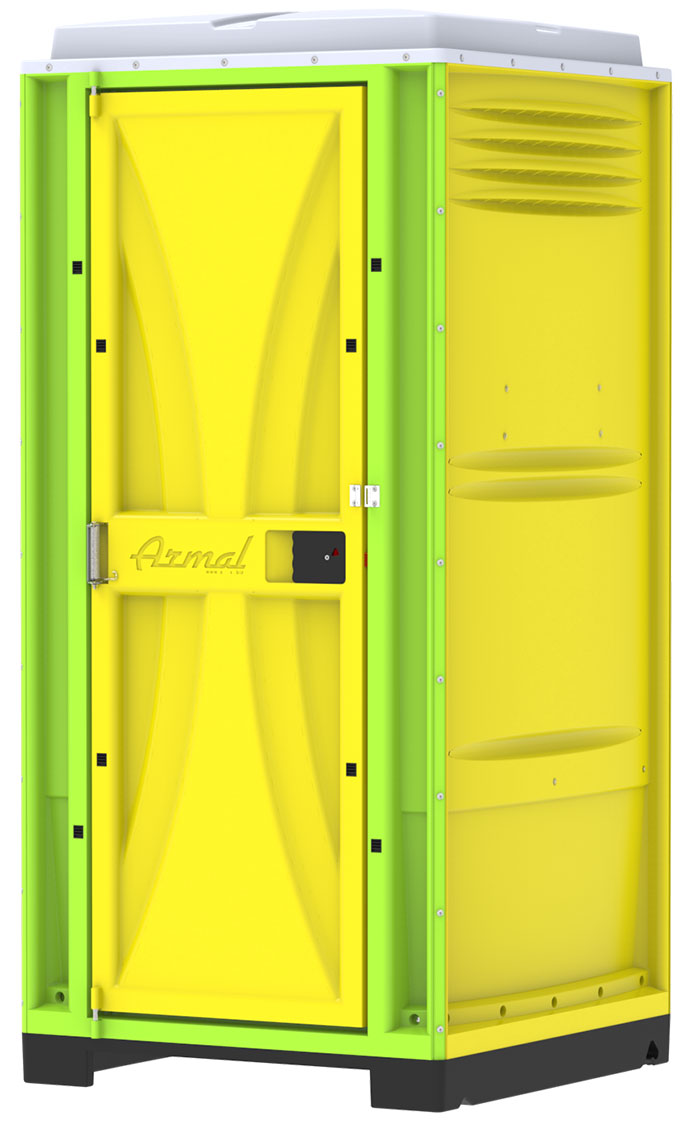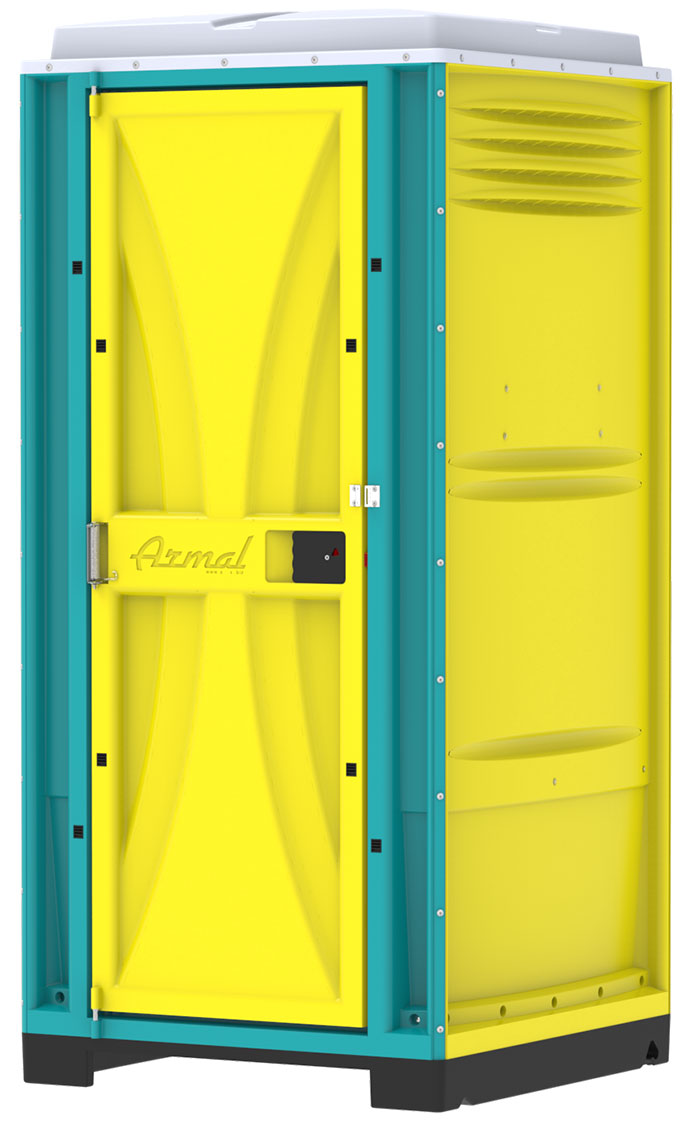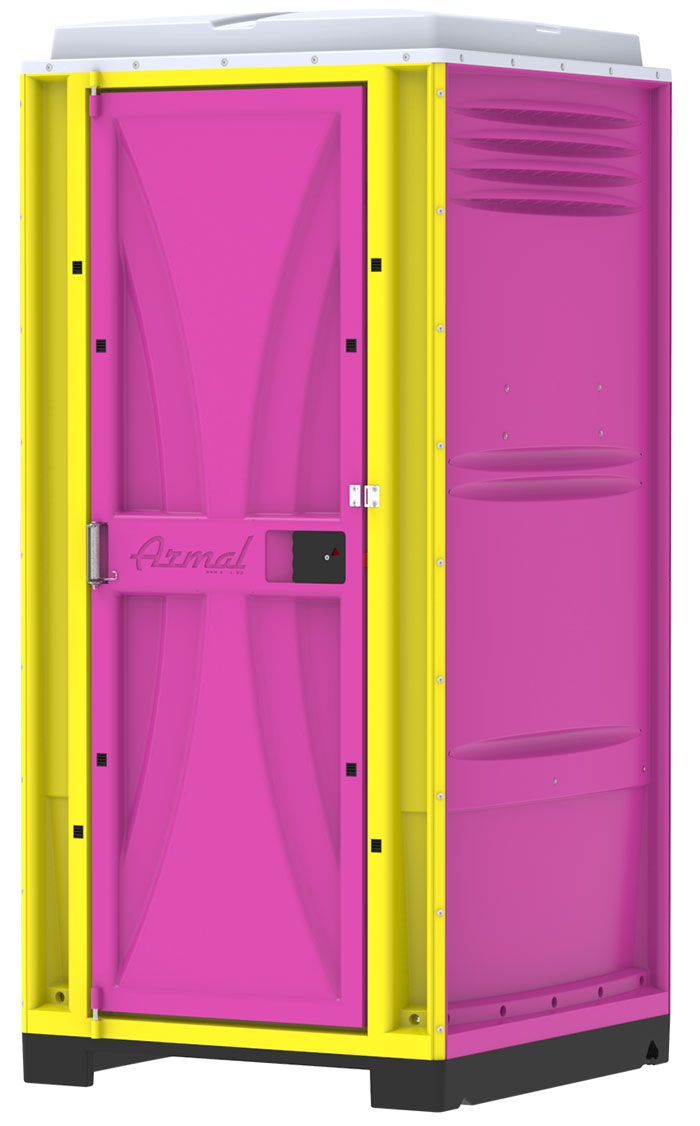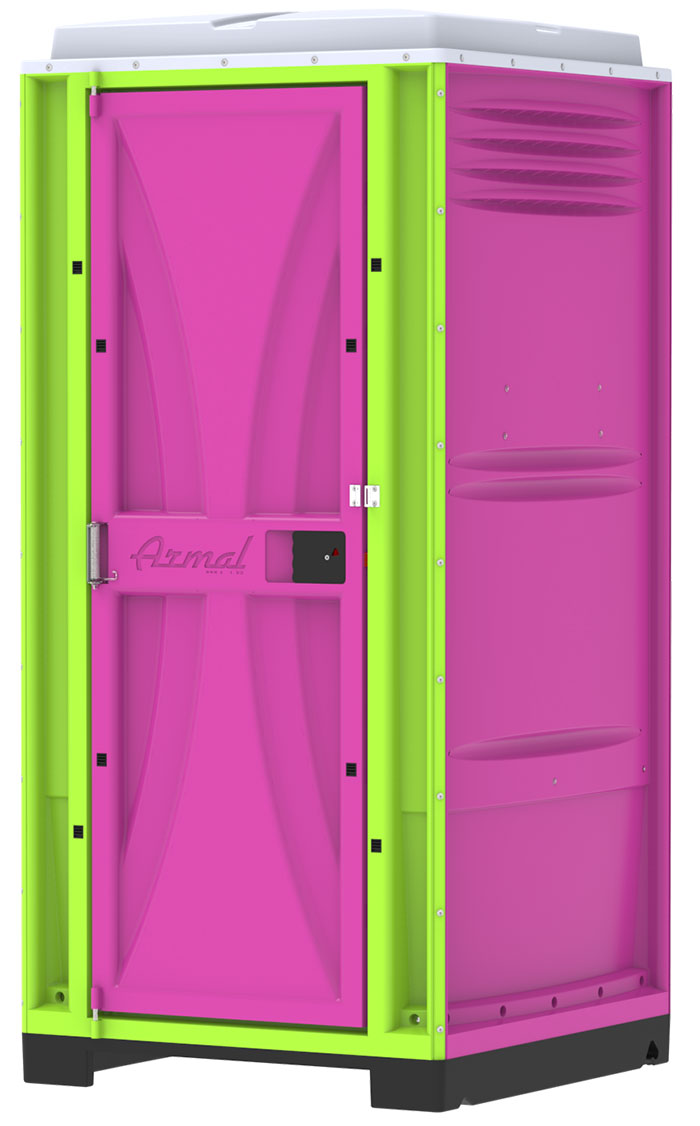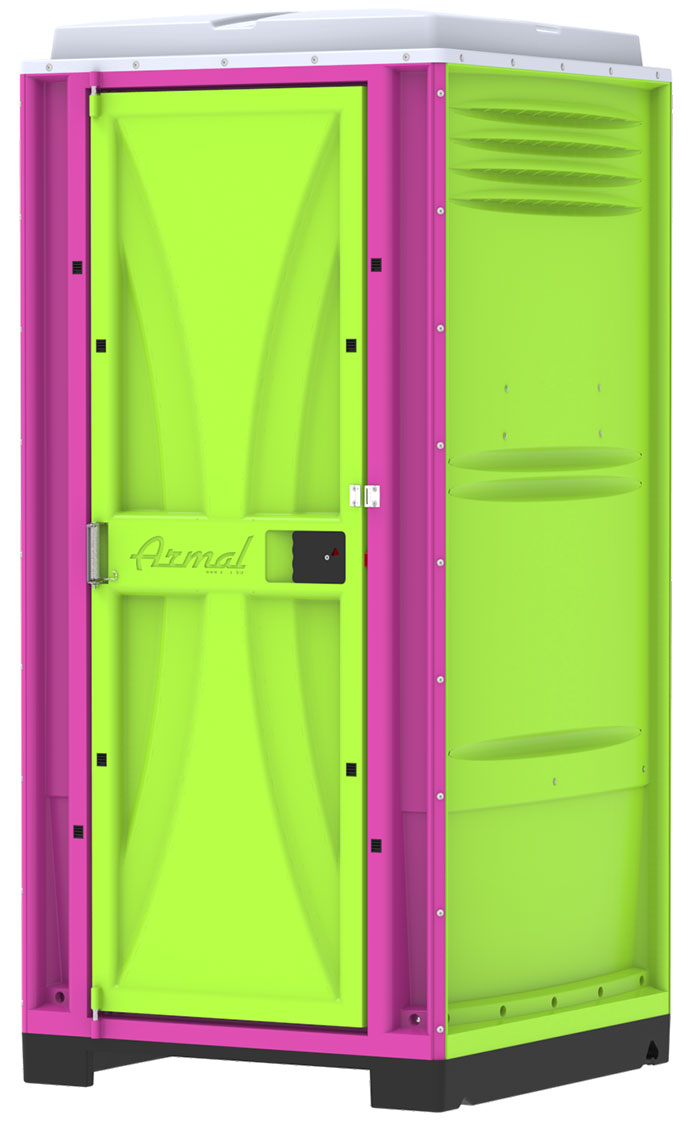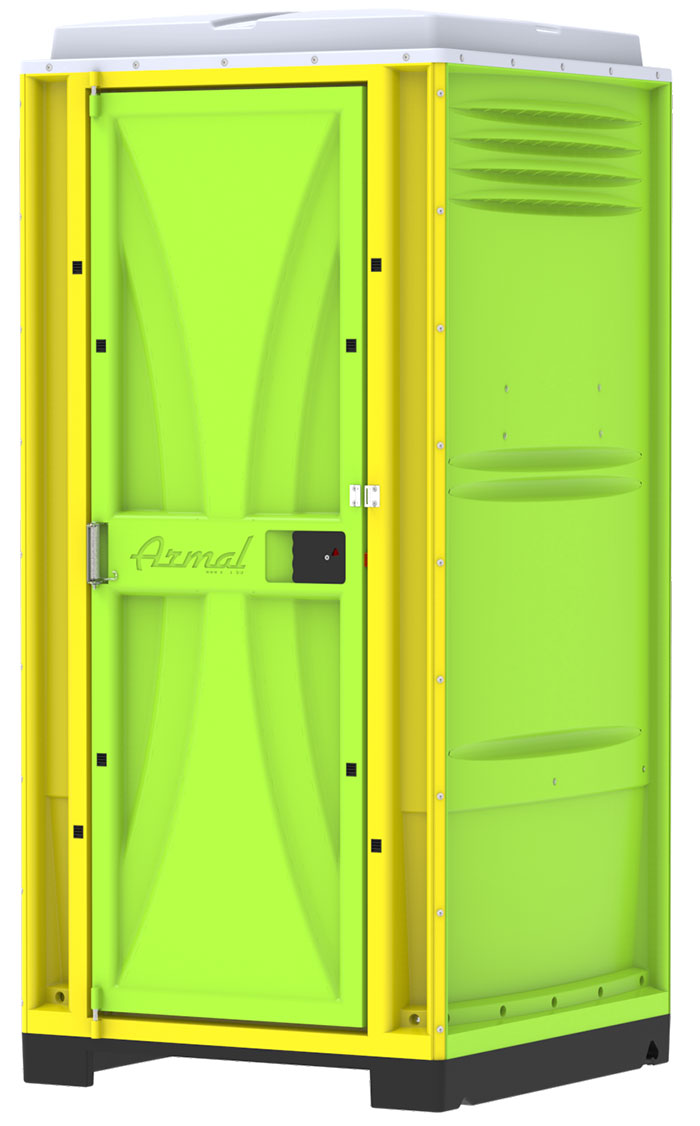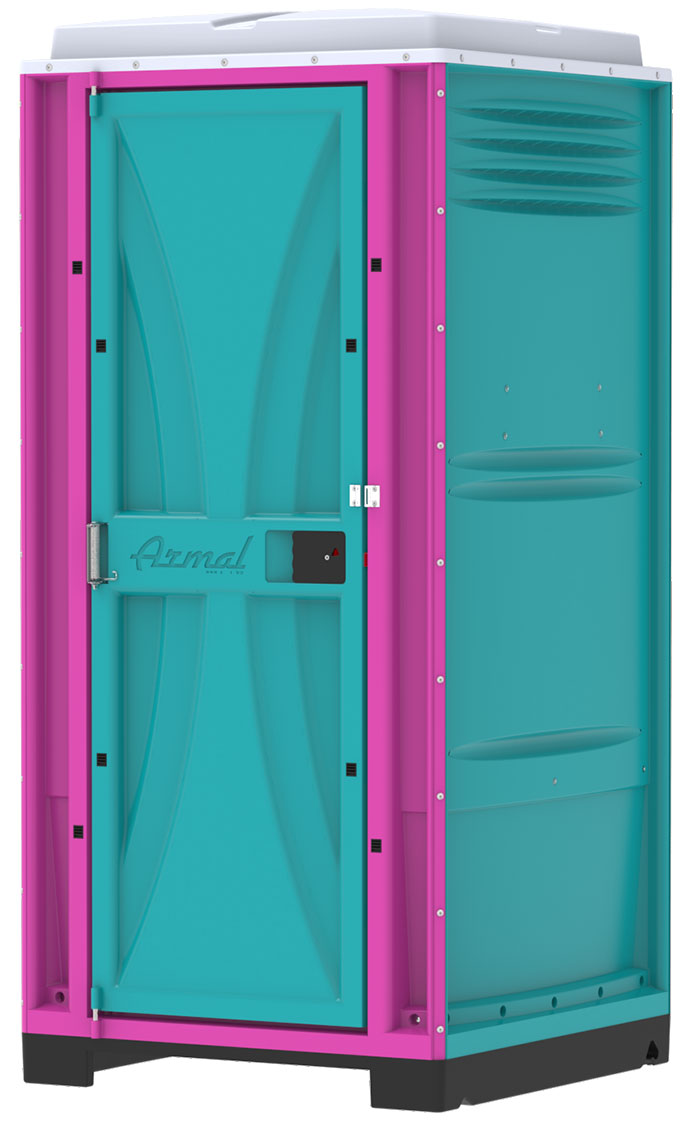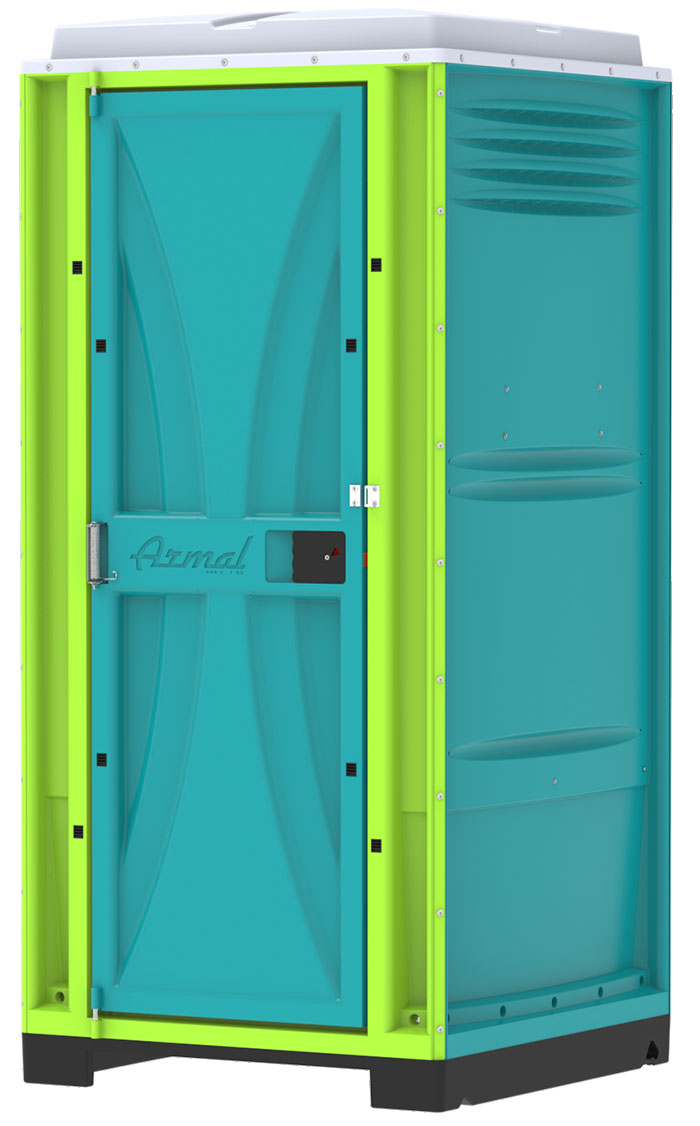//NEwS & EVENTS

- 09 03 2023
- News
The 5S Lean Method for continuous improvement
As a part of Armal's continuous pursuit of lean practices, the implementation of the 5S methodology is considered one of the most crucial tools, if not the fundamental one, required to apply other lean techniques and establish a strong foundation for lean practices.
The 5S Lean Method is an outstanding way to introduce the concept of continuous improvement through kaizen philosophy and appreciate the importance of using standards in the shop floor. Despite common perceptions, it's not simply a way to tidy up the shop floor, but rather a comprehensive and structured approach to removing non-value added processes and developing standards for necessary work.
The 5S method consists of five pillars that are applied in the following order: sort, set in order, shine, standardize, and sustain.
Each of the five pillars is important and has its own characteristics, but the sustain pillar is the foundation without which the other four pillars would soon crumble. Sustain involves spreading the culture and discipline necessary to make the previous four pillars habitual.
The concepts of the 5S methodology are elementary yet powerful. Let's delve a little deeper into each of the pillars.
The first pillar, sort, is about removing what is not needed in the area under study. The goal is to be able to distinguish what is necessary to do the job. We accomplish this by conducting a red tagging event during which we label everything that is deemed unnecessary and move it to the red tag area for further disposition.
The second pillar, set in order, involves defining where, how, and how many materials are needed to be kept after we have removed the unnecessary items. The aim is to ensure that anyone can find and use them as easily as possible. The technique used to achieve this result is called the signboard strategy, which makes extensive use of visual management.
The third pillar, shine, is not just about keeping things clean. It is primarily a way to identify the source of dirt and prevent it through maintenance or containment.
The fourth pillar, standardize, involves setting clear and always available methods to maintain the first three pillars. One of the most useful tools in this regard is the use of 5S audits, which enables us to track 5S performance, make it visual, identify critical points, and take necessary actions to improve.

As mentioned earlier, the last pillar, sustain, is the pivotal factor and unfortunately, the most difficult to achieve. It involves making the maintenance of the previous four pillars a habit through diligence, accountability, and repetition, or in short, having discipline. Building a climate of trust through the full involvement of staff in defining standards and implementing the 4S applications is one of the most important conditions for achieving this.
At Armal, we are fully committed to implementing this methodology, starting with the shop floor where value is created for the customer. Soon, we will extend the application to offices, beginning with management positions. We all know that leading by example is exceptionally effective. However, it is often difficult to determine the extent of non-value added activities that can occur while sitting at a desk.
Many thanks to all team members who have been part of this journey. We look forward to taking the next step together.





